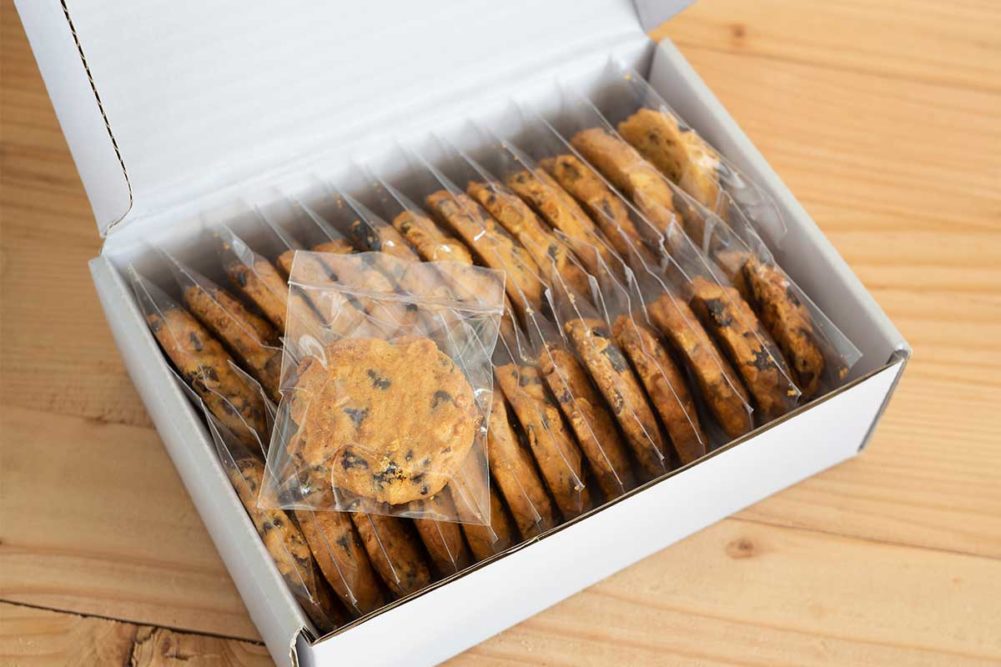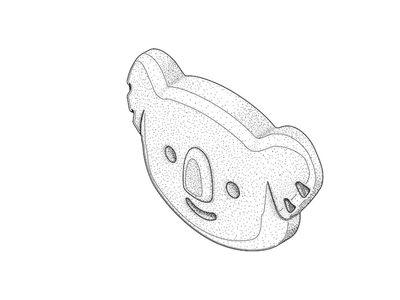The hottest snacks on the market are constantly changing, and so too are the packs they come in. Inflationary pressures and other consumer trends have snackers opting for packs on both ends of the size spectrum, which can impact a packaging operation in different ways.
“Larger and small pack sizes both impact packaging and for certain the machines that will be used to run these packaging formats,” Becker said. “There is no ‘one size fits all’ on the market to solve this problem.”
Bill Kehrli, vice president of sales and marketing, Cavanna Packaging, observed that smaller sizes, including single-serve and bite-size packs, are trending.
“With inflation, people are not so willing to spend as much money as they were,” he said. “I think today people are also a little bit more health-conscious.”
As pack sizes get smaller, packaging lines will have to run faster to meet the line’s capacity, noted Joe Curcio, northeast sales manager at BluePrint Automation.
“Furthermore, as the packaging shrinks, it becomes more difficult to package larger snacks, like tortilla chips and potato chips,” he said.
Jeff Almond, industry manager, snack food packaging, Heat and Control, added that these manufacturers may need to run some larger bags to increase the line’s production.
“The other challenge with small bags is how best to pack them,” he said. “There needs to be a balance between processing capacity and optimizing case packing, regardless of whether manual or automatic.”
Consumers seeking more bang for their buck are also opting for larger family-size packs. While these larger pack sizes will require more packaging material, they lower the percentage of packaging costs, noted Bernardo Zermeno, marketing and customer development director, Rexfab.
Larger bags also typically require fewer packaging systems to pull production capacity, Almond observed.
To help snack producers better respond to these trends, more packaging equipment today can easily handle a range of pack sizes. Almond said Heat and Control’s equipment can run the entire bag range on one line, from 150 small bags to 20 big bags per minute.
Becker noted, however, that more flexible machines may come at the price of lower throughput. With this in mind, he said snack manufacturers should carefully consider all their options and production variables before investing in equipment.
“Manufacturers consider labor hours per pounds of throughput as one of their key metrics,” he explained. “Slowing down the line and using the same labor means that product will have a lower margin for the manufacturer.”
Installing or upgrading a packaging line is also highly dependent on the product being run. Even small differences in texture, volume and weight can have big impacts on line speed and accuracy.
“Irregular shapes and small snacks can be more challenging to handle and package quickly,” Zermeno said. “Thin and fragile items prone to breakage might require careful handling to avoid damage during packaging, slowing down the process.”
This includes lighter snacks like potato chips and popcorn. Conversely, denser and more uniform products like pretzels and nuts are typically easier to package quickly and accurately, Shukla said.
Kehrli observed that softer and stickier items like snack bars and cakes pose challenges of their own.
“They could require significant changes to the product handling system; it could require lower speeds,” he said. “Stickier products require less contact. So we have to keep them separated somehow and then still run them fast.”
Almond added that packaging speed is also determined by product charge length, how product flows down the chutes and how it transitions to the filling tube.
“All factors, such as seasoning, breakage and modified atmosphere should be considered to reliably determine speed and accuracy,” he said.This article is an excerpt from the April 2024 issue of Baking & Snack. To read the entire feature on Snack Packaging, click here.





